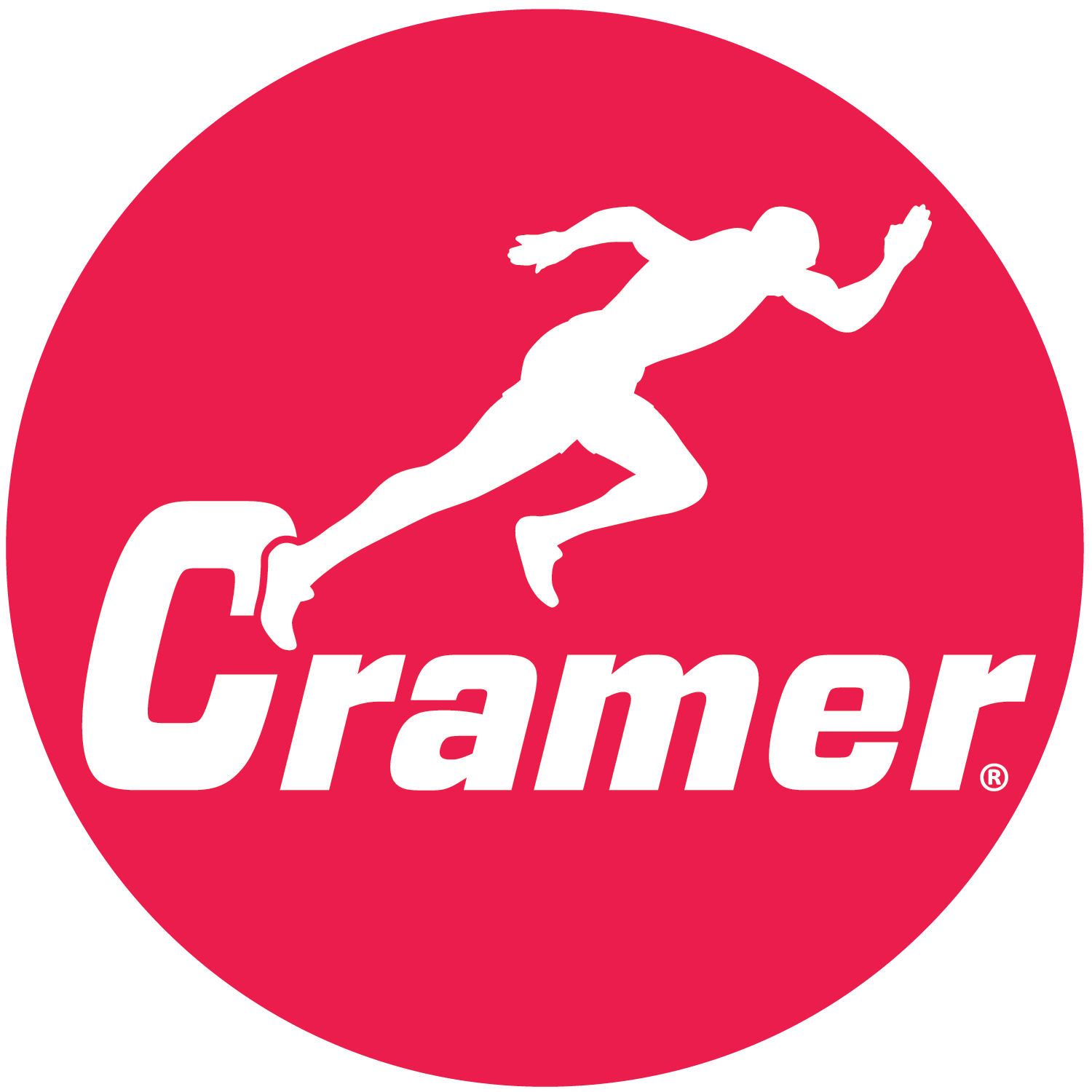NATA Publishes New Dental and Oral Injuries Position Statement
The NATA has published a new position statement on dental and oral injuries. The statement, “Preventing and Managing Sport-Related Dental and Oral Injuries,” appears online in the Journal of Athletic Training, NATA’s scientific publication.
The number of high school and collegiate athletes in competitive sports is currently estimated at 7.2 million. As that number continues to grow, injuries increase as well, including those that are dental and oral-related. According to the statement authors, the NCAA and the National Federation of State High School Associations mandate the use of mouthguards in only a few sports. Yet researchers have estimated that in sports that do not mandate mouthguards such as baseball, basketball and soccer, orofacial injury rates ranged from approximately 3 percent to 38 percent of all sport-related injuries. Research further indicates that sport participants who did not wear mouthguards were 1.6 to 1.9 times more likely to sustain an orofacial injury compared to those who wore them.
“It’s also important to recognize the often overlooked financial burden of oral and dental injuries,” says lead author Trenton E. Gould, PhD, ATC, College of Health Dean at the University of Southern Mississippi. “Treating a dental trauma, such as an entire tooth being knocked out, can cost upwards of $10,000. Effective management of sport-related dental injuries is critical to the long-term financial, physical and emotional health of anyone who has experienced dental trauma.”
Athletic trainers, as well as other health care professionals, play a pivotal role in the effective management of oral and dental injuries, says Gould. “This is critical to the injured athlete’s long-term oral health outcome and overall physical and mental well-being.”
The position statement offers guidelines on how to prevent and manage sport-related dental and oral injuries.
Recommendations include:
- • Identifying an oral health care specialist with additional training in sports dentistry for direct referral
- • Ensuring that sideline health care professionals carry a dental trauma pack
- • Performing a thorough concussion evaluation in conjunction with orofacial exams following dental trauma
- • Educating health care professionals, athletes, parents and coaches on the importance of wearing a properly fitted mouthguard
- • Understanding the broad dental injury categories – tooth fractures, root fractures, and tooth displacement injuries
- • Encouraging athletes to wear properly fitted mouthguards when participating in sports activities associated with increased orofacial injury risk
- • Routinely inspecting the mouthguards of younger athletes, whose mouths are continually developing and growing
- • Instructing athletes to wash mouthguards before and after use, to keep mouthguards from direct sunlight or sources of heat, and to store mouthguards in a clean, rigid, ventilated plastic container
